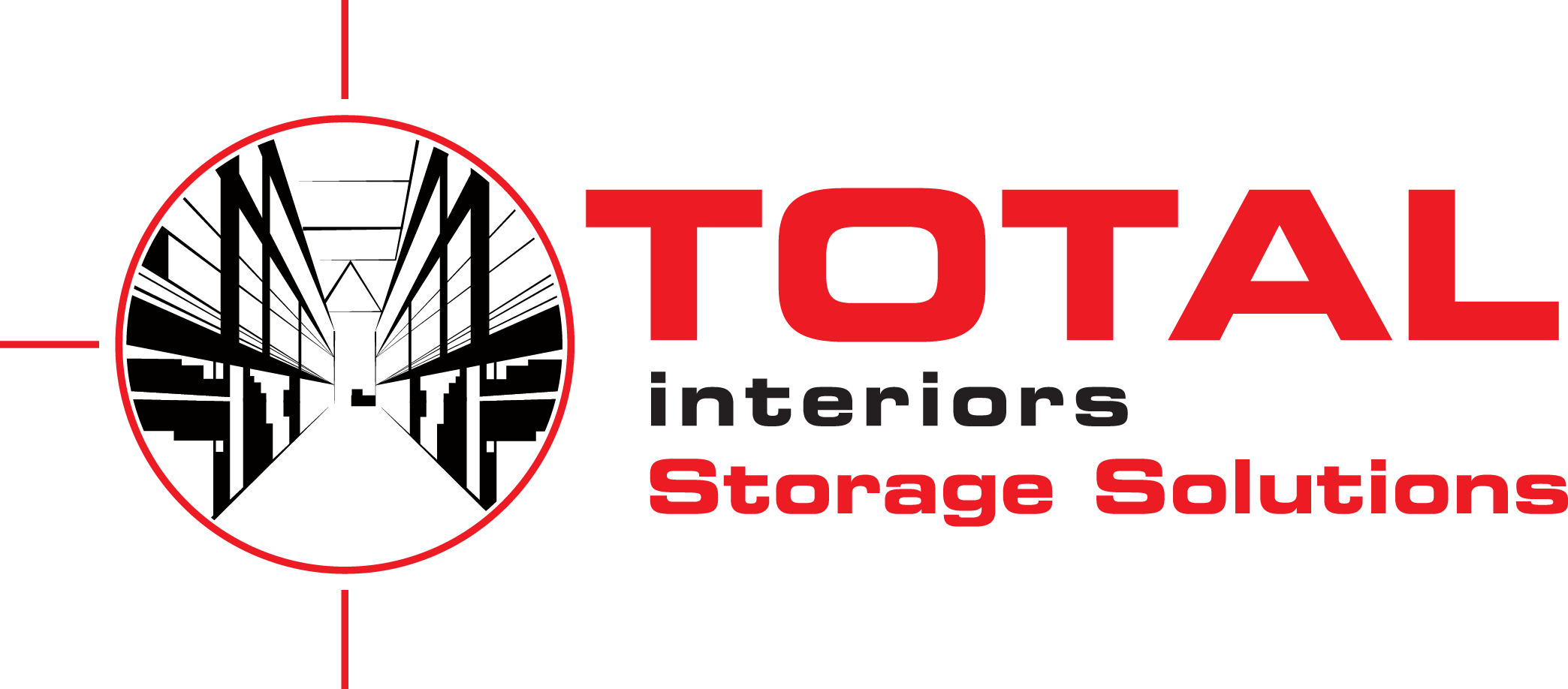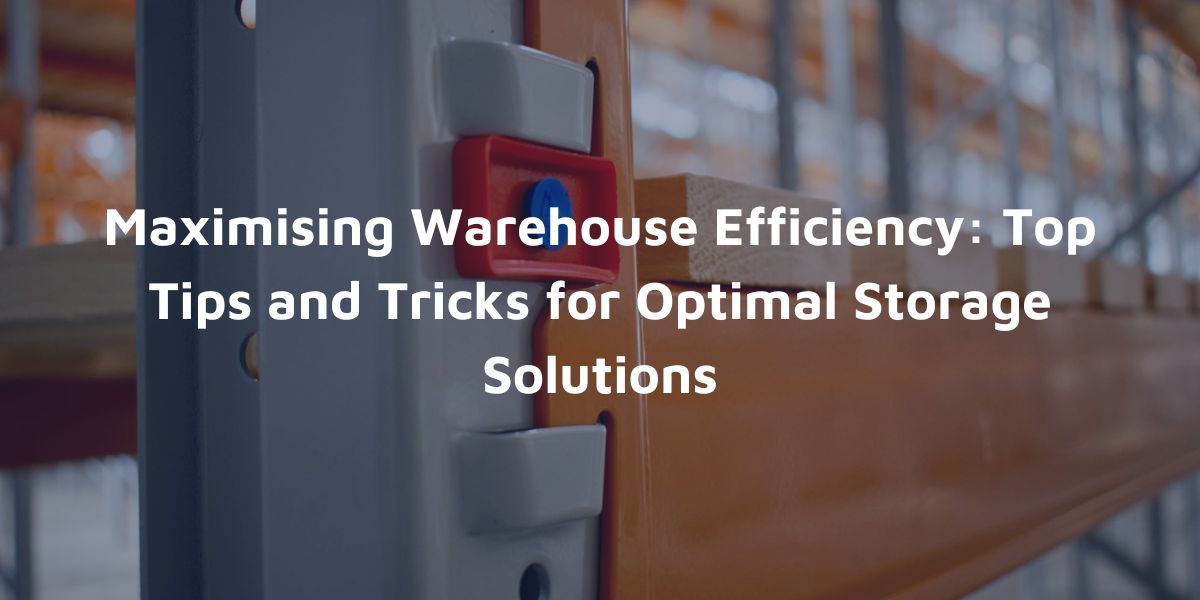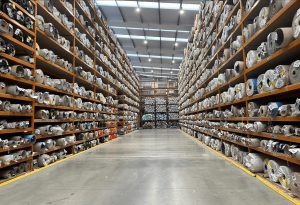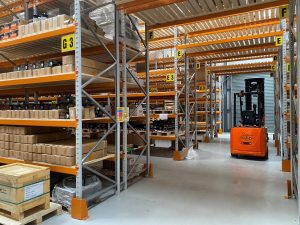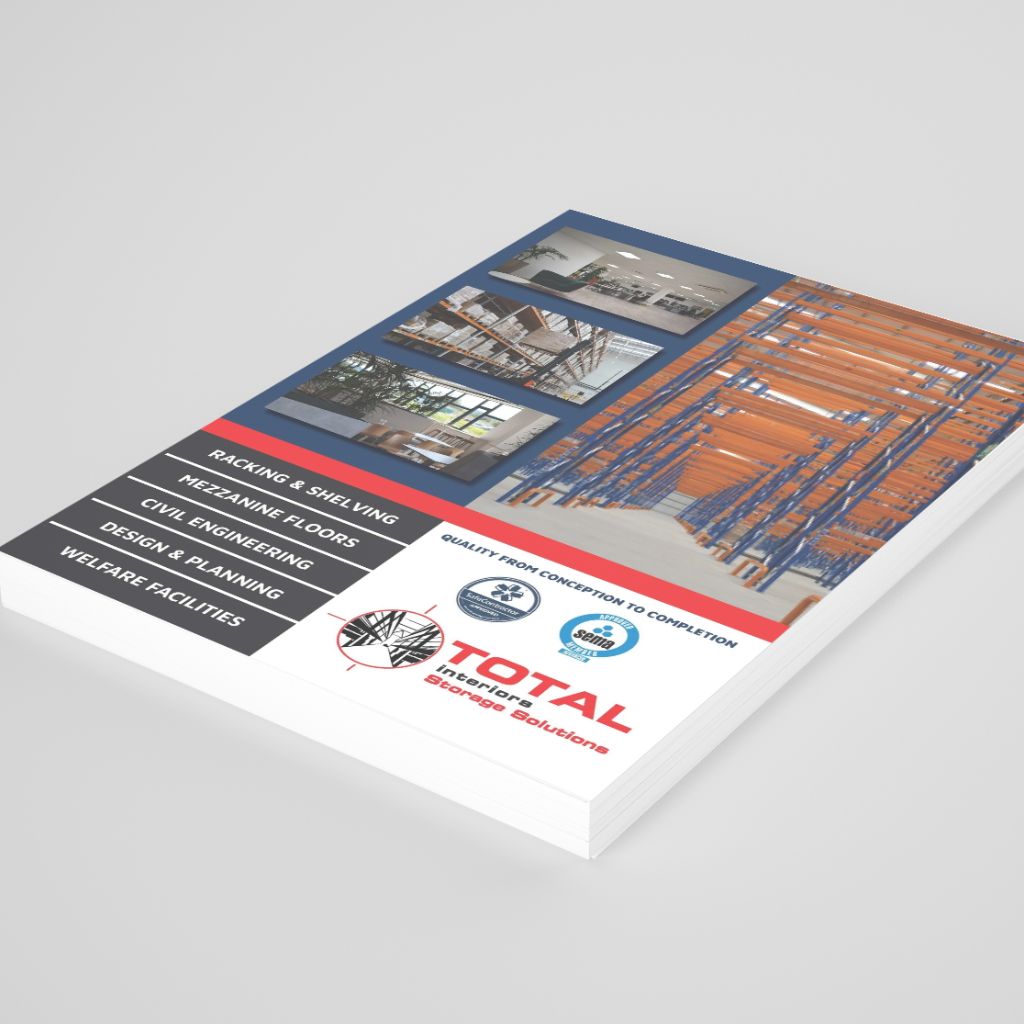Efficient warehouse storage is the backbone of a well-run logistics operation. Whether you are dealing with a vast distribution centre or a smaller storage facility, the way you organise and manage your inventory can significantly impact your overall productivity.
In this blog post, we will explore practical tips and tricks for optimising warehouse storage space, with a focus on warehouse storage solutions and top racking storage solutions.
1. Strategic Layout Planning
The foundation of an optimised warehouse starts with strategic layout planning. Consider the nature of your inventory, the frequency of movement, and the order-picking process.
Group similar items together, placing frequently picked products closer to the shipping area to reduce travel time. A well-thought-out layout minimises congestion, streamlines workflow, and enhances overall operational efficiency.
2. Invest in High-Quality Racking Systems
Warehouse storage solutions begin with sturdy and versatile racking systems.
Choose racks that can be easily adjusted to accommodate different product sizes. Adjustable pallet racking, for example, allows for flexible storage heights and configurations, adapting to the evolving needs of your inventory.
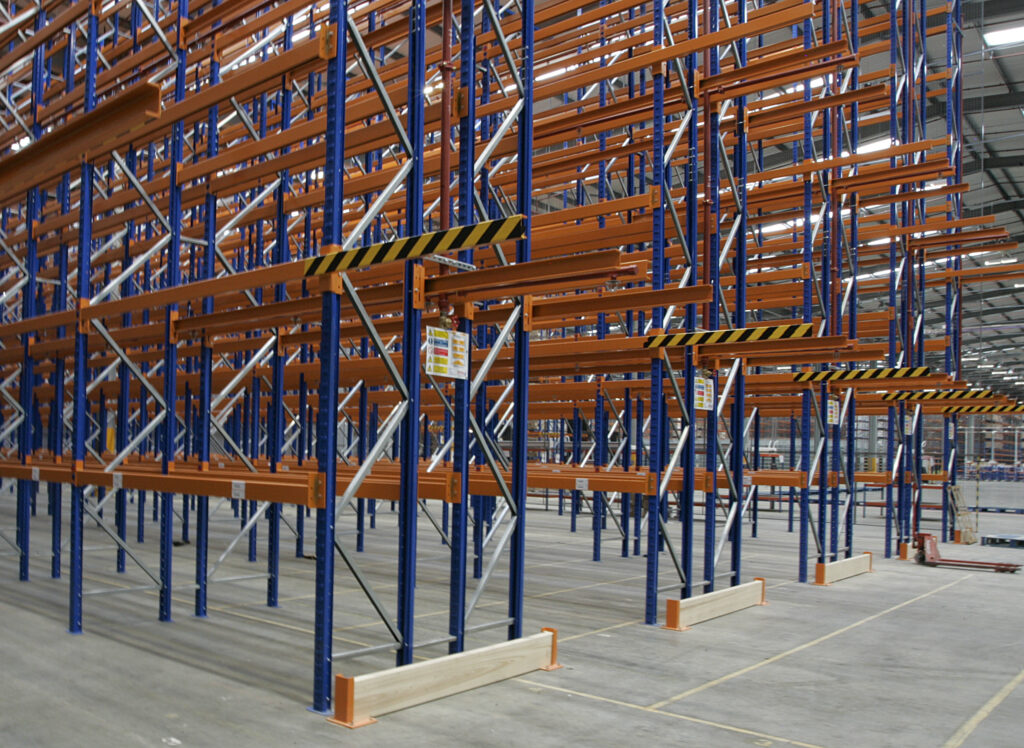
3. Implement FIFO (First In, First Out) Inventory System
To ensure product freshness and prevent spoilage, especially in industries dealing with perishable goods, adopt the FIFO inventory system.
This approach ensures that the oldest inventory is used first, reducing the risk of expiration and minimising waste.
Properly labelled racks and inventory tracking systems are crucial for successful FIFO implementation.
4. Utilise Vertical Space with Top Racking Storage Solutions
When floor space is at a premium, look upwards!
Top racking storage solutions maximise vertical space, allowing you to store goods efficiently without expanding your warehouse footprint.
Vertical storage not only increases capacity but also improves accessibility through the use of ladders, forklifts, or automated retrieval systems.
5. Optimise Order-Picking Processes
Fine-tune your order-picking processes to minimise the time and effort required to fulfil customer orders.
Batch similar orders together and organise picking paths to reduce travel time. Investing in modern order-picking technologies, such as barcode scanners and RFID systems, can significantly enhance accuracy and efficiency.

6. Regularly Audit and Adjust Inventory
Frequent audits are essential for maintaining accurate inventory levels and identifying slow-moving items. Consider implementing a cycle counting system to regularly check specific product categories. This proactive approach allows you to adjust storage configurations and make informed decisions about surplus or obsolete stock.
7. Utilise Automated Storage and Retrieval Systems (AS/RS)
Frequent audits are essential for maintaining accurate inventory levels and identifying slow-moving items. Consider implementing a cycle counting system to regularly check specific product categories. This proactive approach allows you to adjust storage configurations and make informed decisions about surplus or obsolete stock.
8. Implement Lean Inventory Practices
Lean inventory practices involve minimising excess stock to reduce carrying costs and free up valuable storage space.
Work closely with your suppliers to establish just-in-time delivery systems, ensuring that you receive products as needed. This approach can help strike a balance between maintaining sufficient stock levels and avoiding overstocking.
9. Prioritise Safety and Accessibility
A well-organised warehouse not only enhances efficiency but also prioritises safety. Ensure that aisles are clear, emergency exits are unobstructed, and safety guidelines are prominently displayed.
Accessibility is key to efficient warehouse storage, so design your layout with easy navigation in mind.
10. Regularly Train and Educate Warehouse Staff
Investing in the training and education of your warehouse staff is crucial for the successful implementation of storage optimisation strategies.
Ensure that your team is well-versed in the latest technologies, safety protocols, and best practices for warehouse management.

Conclusion
In conclusion, optimising warehouse storage space requires a holistic approach that encompasses layout planning, advanced technologies, and a commitment to continuous improvement.
By implementing these tips and tricks, you can enhance efficiency, reduce costs, and create a streamlined warehouse operation that meets the evolving needs of your business.
Remember, a well-organised warehouse is not just a storage space; it’s a dynamic hub that drives the success of your entire supply chain.
